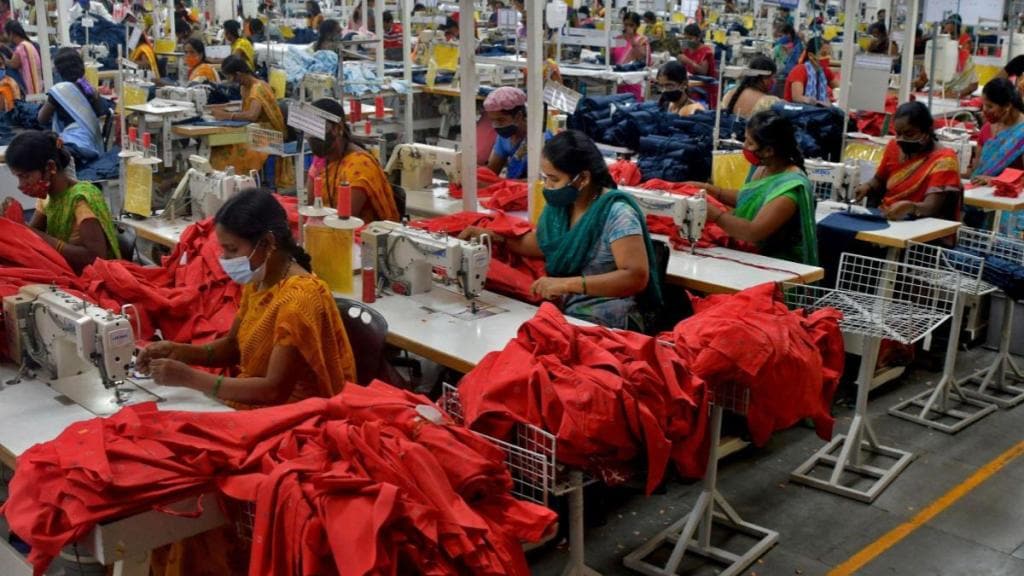US tariffs may impact India’s apparel exports significantly. ICRA estimates indicate that revenue could decline by 6-9% in FY26 as the 50 per cent tariff on Indian apparel imports comes into effect. According to an ICRA report, margins across the apparel industry may fall by as much as 200-300 basis points due to the tariffs.
The 50 per cent tariff may also dent operating margins, and they may potentially slip to 7.5 per cent from last year’s 10 per cent. The report highlighted that despite India’s Free Trade Agreement with the United Kingdom, “it will take the industry much longer to find a suitable alternative market, as the United States accounts for about one-third of India’s total apparel exports.”
India exports apparel worth about $5 billion to the United States every year. The diversion of trade to the United Kingdom, the European Union and other countries is expected to support the apparel industry revenue in fiscal year 2027.
Tariff impact: Loss of competitive edge
Furthermore, in the past five years, the United States has been the only key market where Indian apparel exports have thrived amid the intense competition from China, Bangladesh and Vietnam. In the past 5 years, India’s overall apparel exports have largely remained flat; however, the apparel exports to the United States have grown 4.8 per cent in the same period, the ICRA report says.
Indian apparel exports amount to 6 per cent of the United States’ total apparel imports, worth over $80 billion. The increased tariff of 50 per cent over the baseline rates will heavy impact on the competitiveness of the Indian apparel, which now faces the Chinese and Bangladeshi products which face a lower tariff.
Srikumar K, Senior Vice President and Co-group Head – Corporate Ratings, ICRA, says that the impact could be less severe for exporters who have a manufacturing base outside of India, in countries that benefit from relatively lower tariffs, and have the flexibility to divert production to those countries.
Government policies to help
The government’s recent decision to import duty-free cotton, primarily from the United States, is expected to aid the apparel industry in cutting costs. The cotton price has largely remained flat in the current fiscal year, and the duty exception is likely to bring down prices further.
“An early conclusion of the bilateral trade agreement with the US or a reduction in tariffs levied by the US could minimise disruption,” added Srikumar.


